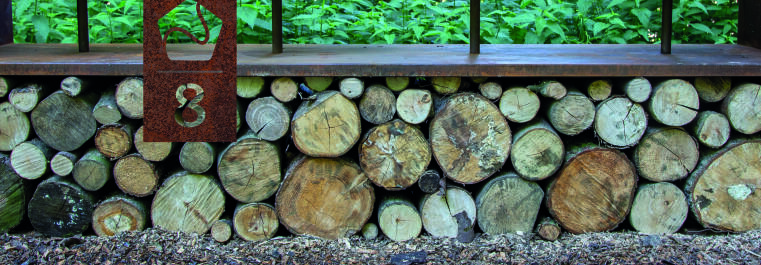

BIODIVERSITY & TYPES OF TREE

You’ve learned a lot at the stops so far. To finish, let’s take a look at the bigger picture. Have you ever heard of “biodiversity”?
It might sound a bit complicated, but it’s easy to understand if you look at the two parts of the word. The word “bio” means “life”, and so biodiversity is all about the diversity found in life on Earth.
It is estimated that there are at least 15 million different species of plants and animals on the Earth. Wow! They and their habitats are all linked up, like in a huge network, and are all dependent on one another. Unfortunately, many species are endangered because their habitats are changing or disappearing. Nature’s balance is threatened. How can this happen? If something is destroyed within this network, the world tips out of balance. So the most important task in environmental protection is to conserve biological diversity.
Botanical gardens play an important role in this respect. For example, the Botanical Garden at the University of Münster, at the centre of the Schlossgarten here, is home to species of plants which are threatened with extinction in the wild. In addition, the team working in the Botanical Garden is involved in scientific research into biodiversity and contributes to greater public awareness by giving guided tours and staging exhibitions on the subject.
Types of tree
The Schlossgarten and the Botanical Garden are not only recreational areas for us humans and a home for a variety of living things. Both of them also show us how many different varieties of tree and, as a result, types of wood there are. In the Schlossgarten you can find many different types of tree. Moreover, many more types of tree from all over the world are cultivated and displayed in the Botanical Garden.
Here we show you the eight types of tree. Do you know what they are? The answers are right next to them – but no peeking!

© Robert Matzke 1. Who am I?
I am often planted at roadsides and in parks. My fruit looks like a pair of wings which turn like a propeller as they float down to the ground at about 16 revolutions per second. The wind can carry the fruit more than 100 metres.
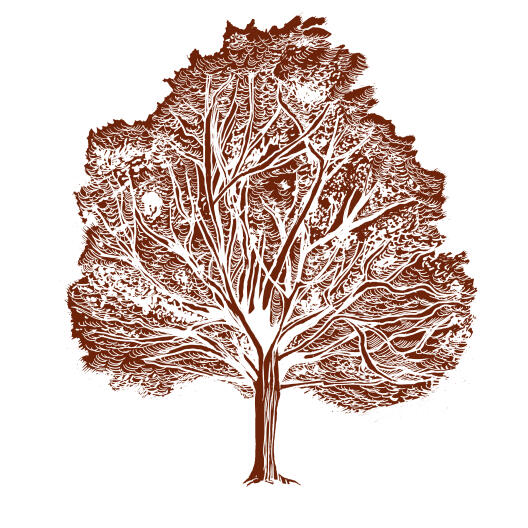
© Robert Matzke I am a...
...sycamore! (maple)
Family: Soapberry (Sapindaceae)
Species of maple: approx. 110 within the genus
Distribution: southern and central Europe, western Asia
Growth form: ovate, with a broad-curvature crown; up to 40 m tall and up to 25 m spread
Bark: branches grey to olive-green; silvery to grey-brown scaly bark
Bud: green, upside-down heart-shaped with dark-brown edges
Leaf: opposite; blunt 5-lobed; topside dark-green, underside grey hairs
Blossom: radial, hanging cylindrical panicles, after leaf-burst
Fruit: schizocarp with winged-nut fruits
Age: up to 500 years

© Robert Matzke 2. Who am I?
I only begin to produce my fruits at the age of 40 to 60 years. They are edible and taste a bit like nuts. They are part of many animals’ store of food for the winter. Not recommended for human consumption as the oxalic acid content can cause stomach upsets. My wood is one of the most important commercial and industrial wood types in Germany.

© Universität Münster – Robert Matzke I am a...
...copper beech! (Fagus sylvatica L.)
Family: Fagaceae
Species of beech: approx. 10 species within the genus
Distribution: Europe, from the lowlands to the Alps, to an altitude of 1,600 m
Growth form: broad, round growth; 25 to 30 m tall and spread just as broad when older
Bark: branches grey-brown; bark brown; silver-grey bark formed only when older
Bud: bud scales (leaves) golden-brown; long, narrow and pointed
Leaf: alternate; broad, elliptical to ovate; edge of leaf slightly undulate; downy after leaf-burst; dark green
Blossom: monoecious; male blossoms in near-spherical, long-stemmed catkins; female blossoms radial
Fruit: two single-seeded nuts (beechnuts), triangular, enclosed in a bristly woody cup (cupula)
Age: 300 to 400 years

© Robert Matzke 3. Who am I?
My fruits contain up to 38% starch and are an important source of food for wild animals. In many cultures in Europe, I am a symbol of endurance, wisdom, truth, loyalty and heroism. This is why my fruit and my leaves decorate coins, heraldry and insignia. My wood is hard, tough, very long-lasting and good to work with.
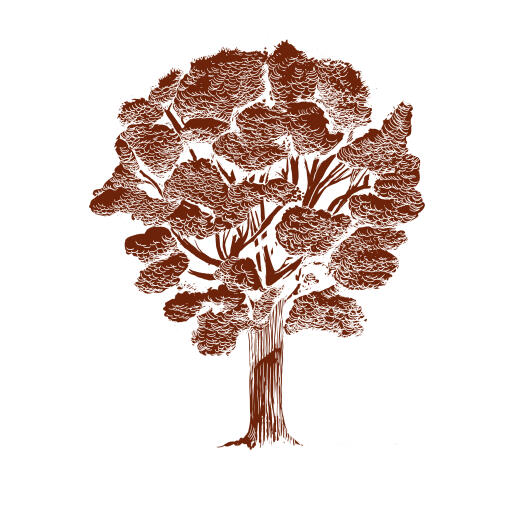
© Robert Matzke I am an...
...English oak! (Quercus robur L.)
Family: Fagaceae
Species of oak: approx. 600 species within the genus
Distribution: Europe, northern Asia Minor
Growth form: broad, open canopy; mostly with short trunk; 35 to 40 m tall and 20 to 25 m spread
Bark: branches olive-green to brownish; bark grey with deep vertical fissures
Bud: golden-brown; pointed cupula
Leaf: alternate; 3 to 6 round lobes, dark green, underside light green; short stem
Blossom: male blossoms in catkins, female blossoms in long-stemmed ears
Fruit: single-seeded nut; oblong; enclosed at its base by a cup (cupula)
Age: 800 to 1,000 years

© Robert Matzke 4. Who am I?
I am one of the tallest deciduous trees and can reach a height of 40 metres. My wood is particularly hard, but at the same time elastic, which means that it can be used as an unbreakable shaft for a spade or for sports and gymnastics apparatus. The tensile and bending strength displayed by my wood is greater than that of oak wood.
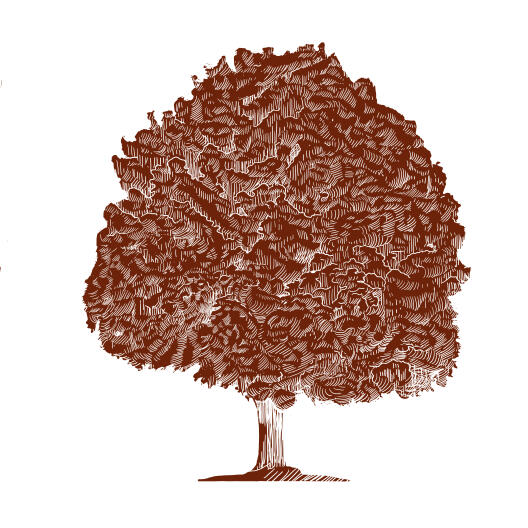
© Universität Münster – Robert Matzke I am a...
...common ash! (Fraxinus exelsior L.)
Family: Oleaceae
Species of ash: approx. 65 species within the genus
Distribution: Europe, Asia Minor, Transcaucasia and northern Persia
Growth form: oval to round; open canopy; 40 m tall and 30 m spread
Bark: branches olive-green; bark grey; smooth with slight fissures
Bud: black
Leaf: opposite, odd pinnate, leaves ovate to lanceolate
Blossom: radial, in leafless panicles, before leaf-burst
Fruit: flattened wing-nut
Age: up to 200 years

© Robert Matzke 5. Who am I?
My fruits – generally known as chestnuts or sweet chestnuts – can be eaten by humans as well as animals. The nuts have a high content of carbohydrates, starch and sucrose. The high carbohydrate content distinguishes my fruits from most other nuts, which contain primarily fats. My fruits are disseminated by squirrels, dormice, crows and jays. The animals bury stores of food in the ground, and any forgotten fruits then germinate in the spring.

© Robert Matzke I am a...
...sweet chestnut! (Castanea sativa Mill.)
Family: Fagaceae
Species of sweet chestnut: approx. 10 species within the genus
Distribution: southern Europe, northern Africa, Asia Minor
Growth form: short, spiral-grained trunk; wide spreading crown; 35 m tall and 25 m spread
Bark: branches red-brown; bark dark-grey, smooth with vertical fissures
Bud: brownish-red, round
Leaf: alternate, oblong lanceolate; roughly serrated; dark green
Blossom: male blossoms in long catkins; female blossoms small and inconspicuous
Fruit: Nuts in large, spiky cups (cupula)
Age: up to 500 years

© Robert Matzke 6. Who am I?
My nuts – smaller than hazelnuts – are edible and can be used commercially as a by-product in the manufacture of sweets. My wood is highly regarded in the furniture industry and is known as "Turkish hazel". As it is almost completely insusceptible to rot, it is used especially in hydraulic engineering. As my wood is very sturdy, I am also often found at roadsides in towns and cities.
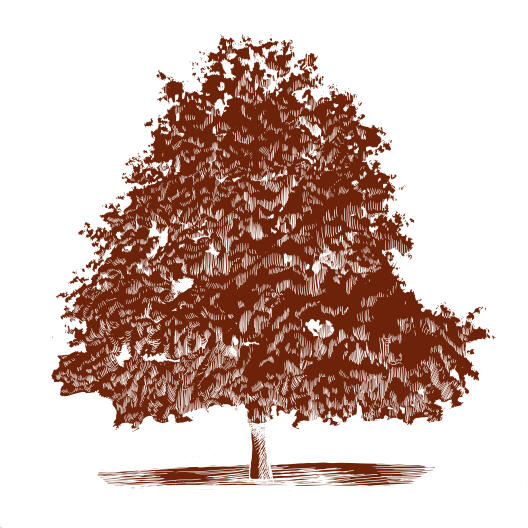
© Robert Matzke I am a...
...Turkish hazel! (Corylus colurna L.)
Family: Birch (Betulaceae)
Species of hazel: approx. 15 species within the genus
Distribution: south-eastern Europe, Asia Minor, Transcaucasia, Caucasus to Himalayas
Growth form: broad, cone-shaped growth; 20 m tall and 8 to 16 m spread
Bark: branches grey to yellow-grey; bark grey to brownish; corky with vertical fissures
Bud: greenish-brown; ovate buds
Leaf: alternate; broad an ovate; doubly serrated; some short-lobed; dark green
Blossom: male blossoms in catkins, female blossoms inconspicuous on the sides of branches, before leaf-burst
Fruit: single-seeded nut; round form; nuts in clusters, enclosed in a glandular husk with incisions
Age: up to 200 years

© Robert Matzke 7. Who am I?
My blossoms can be used for making tea to help against colds. It reduces high temperatures, is expectorant, induces sweating and has a diuretic effect. In the olden days, I was often known as the Tree of Justice, under which cases of arbitration and mediation were heard and justice was dispensed – with the sentence occasionally being carried out straight away from a strong branch. This was known as judicium sub tilia ("The Court under the..."). Among the Germanic tribes I was considered sacred and was dedicated to Freya, the goddess of fertility, prosperity and love.
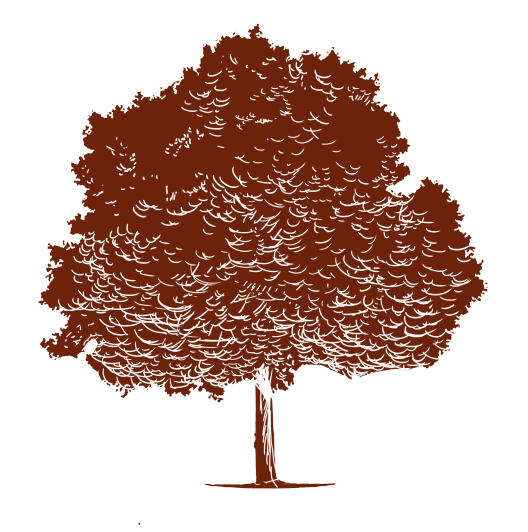
© Robert Matzke I am a...
...small-leaved lime! (Tilia cordata Mill.)
Family: Mallow (Malvaceae)
Species of lime tree: approx. 15 species within the genus
Distribution: Europe
Growth form: broad, thick, cone-shaped growth; 30 m tall and 20 m spread
Bark: branches red-brown to olive-brown; bark brown-grey with vertical fissures and ridges
Bud: shiny red-brown; two unequal ovate bud scales
Leaf: alternate; asymmetrically heart-shaped up to roundish; dark green, grey-green on the underside
Blossom: radial, 5 to 11 cymes, blossoms joined to the bract
Fruit: nuts oval or round, slightly ribbed
Age: up to 1,000 years

© Robert Matzke 8. Who am I?
In earlier times, I was used for medicinal purposes. The juice of my fruit, drunk as wine, was an effective remedy for snake-bites, while my bark was used to combat toothache and my leaves were used to treat eye diseases. As I am only rarely the victim of pests or disease, I am highly suitable for providing shade in parks and beer gardens. My bark is striking, as it peels off in large, irregular sections in the late summer/autumn, giving my trunk a patchy appearance.
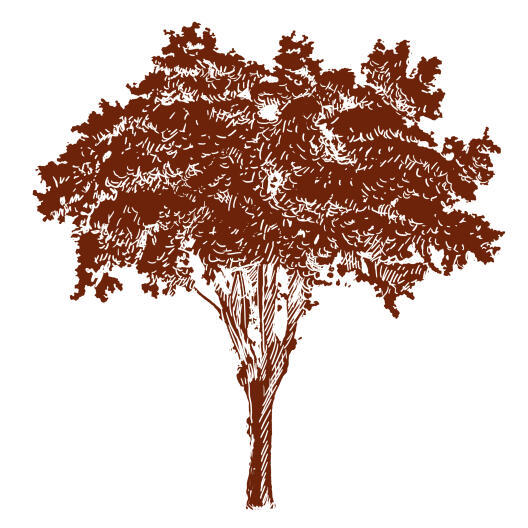
© Robert Matzke I am a...
...London plane! (Platanus × hispanica Münchh.)
Family: Platanus (Platanaceae)
Species of plane tree: approx. 9 species within the genus
Distribution: cultivated hybrid created from crossing the Oriental Plane (Platanus orientalis) with the American sycamore (Platanus occidentalis).
Growth form: broad-domed crown; 30 m tall and 25 m spread
Bark: branches light brown; bark yellow-green to grey-brown; peels off in large pieces
Bud: brown-red, pointed
Leaf: alternate, maple-like, 3- to 5-lobed, triangular
Blossom: small round heads
Fruit: nut with hairs to aid flight
Age: 150 years



